My first experience with lard...(pics)
15 years ago
Related Stories

LIFEThe Good House: An Experience to Remember
A home that enriches us is more than something we own. It invites meaningful experiences and connections
Full Story
LIFEFrom the Wild, Home: Elements of a Landscape of Experience
See how simplicity, mystery and lessons from nature can help you create a rich garden experience at home
Full Story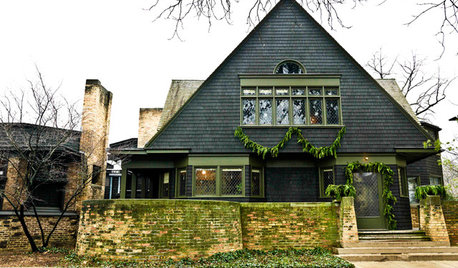
MOST POPULARExperience the Holidays at Frank Lloyd Wright's Home and Studio
Handmade decorations, greenery and gifts show how the famed architect and his family celebrated Christmas in their Oak Park home
Full Story
BATHROOM DESIGNDreaming of a Spa Tub at Home? Read This Pro Advice First
Before you float away on visions of jets and bubbles and the steamiest water around, consider these very real spa tub issues
Full Story
KITCHEN DESIGNKitchen of the Week: Function and Flow Come First
A designer helps a passionate cook and her family plan out every detail for cooking, storage and gathering
Full Story
MOST POPULAROrganizing? Don’t Forget the Essential First Step
Simplify the process of getting your home in order by taking it one step at a time. Here’s how to get on the right path
Full Story
KIDS’ SPACESA Place of His Own: Boy's First Bedroom
Colorful, creative, themed or not, boys' bedrooms like these encourage happy times
Full Story
FURNITURESecond-Life Sofas Show First-Rate Style
With unexpected upholstery, antique sofas can live happily in modern interiors
Full Story
MOST POPULAR40 Dogs Who Are Having a Way Better Summer Than You
Houzzers share pics of their canine companions living it up — or getting down with relaxing — on warm days
Full Story


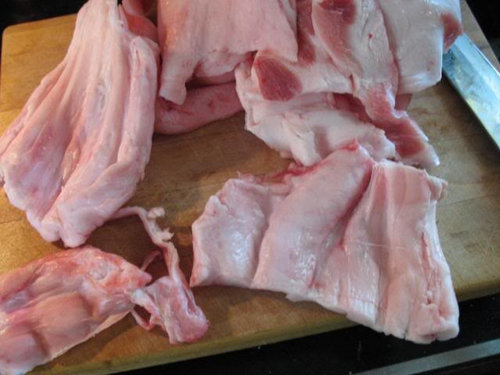
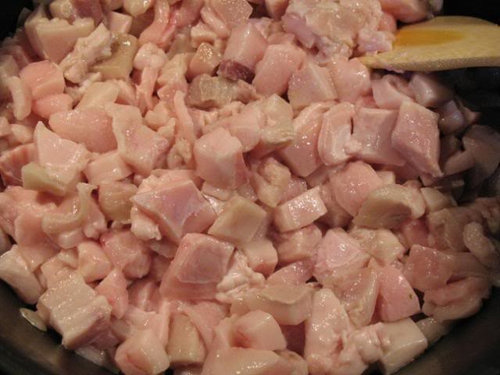
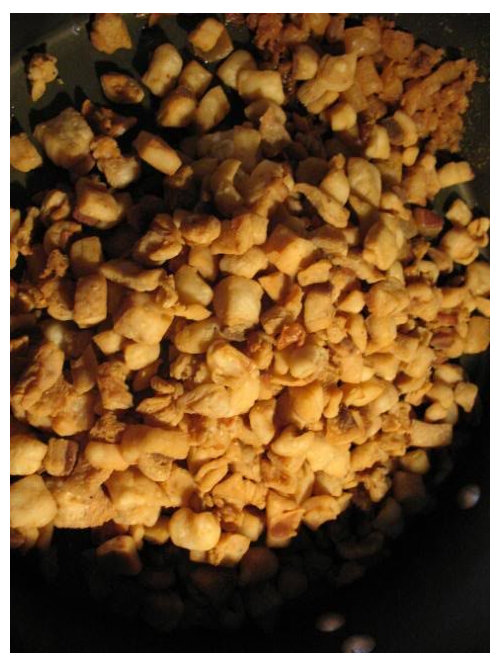
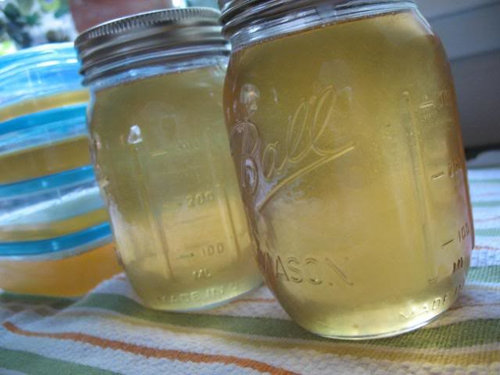
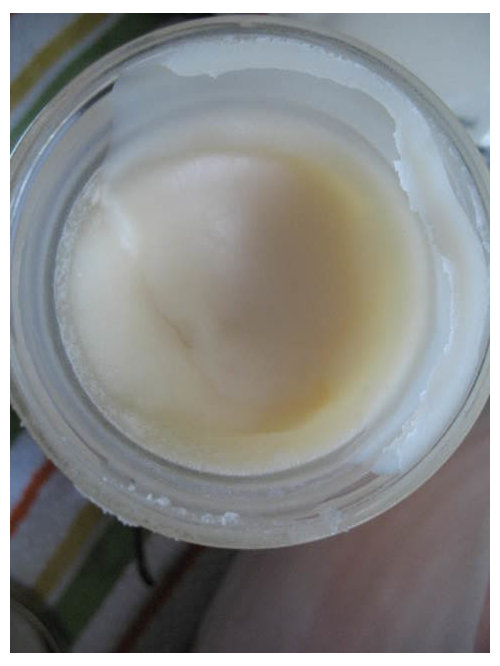

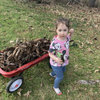
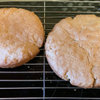
glenda_al
gldno1
Related Discussions
My First Hydroponics and Growing Experience
Q
Cooking my first little batch of BJBB's! Pic!
Q
My first ever lily bloom (pics)
Q
Please paint my roof red. My first PICS!
Q
lindac
Terri_PacNW
shaun
annie1992
arley_gw
riverrat1
stacy3Original Author
jessyf
CA Kate z9
Tracey_OH
User
cooperbailey
gardengrl
stacy3Original Author
paddy_99
craftyrn
Solsthumper
dlynn2
Tracey_OH
canarybird01
earl
jimster
lindac
jimster
marys1000
ilene_in_neok
shaun
lindac